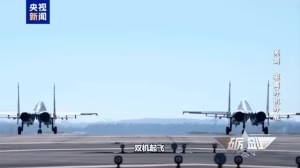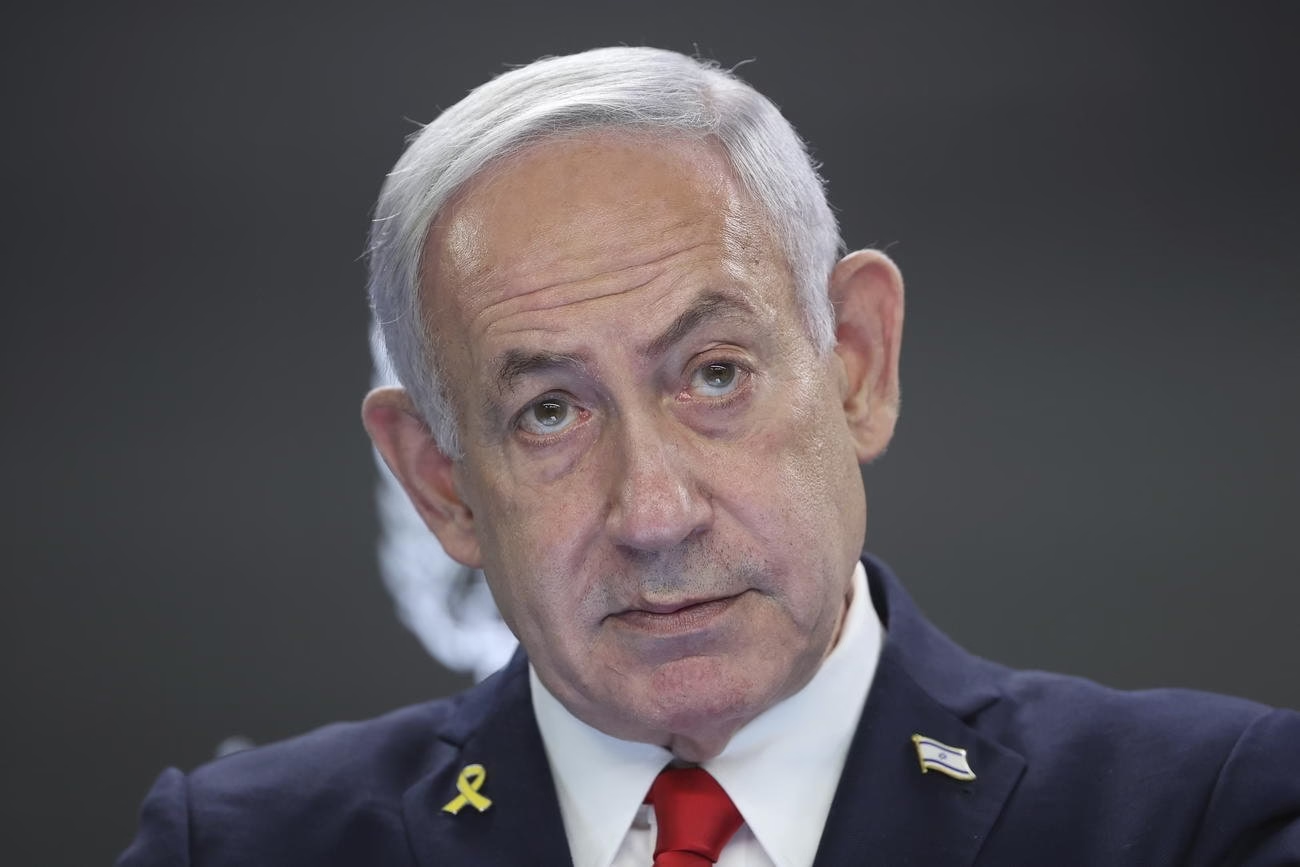Europe’s FCAS fighter stalls as consortium battles intensify


Summary
– FCAS Phase 2 delays hit as Dassault, Airbus, and Indra clash.
– Europe’s next-gen stealth jet faces risks to its 2040 timeline.
– Disputes threaten NATO’s edge and European defense autonomy.
– Advanced tech like AI sensors and drones hangs in the balance.
Europe’s ambitious plan to build a next-generation combat air system, known as the Future Combat Air System [FCAS], has hit a significant roadblock as internal disputes among its industrial partners threaten to derail progress. The program, a cornerstone of European defense aspirations, aims to deliver a sixth-generation fighter jet and a network of advanced drones by 2040.
However, ongoing disagreements between France’s Dassault Aviation, Germany’s Airbus, and Spain’s Indra Sistemas have stalled the finalization of contracts for Phase 2, the critical stage where demonstrator aircraft will take shape. As of early July 2025, the inability to resolve these conflicts raises questions about Europe’s ability to deliver a cutting-edge defense platform in an era of intensifying global competition.
The FCAS program, launched in 2017 by France and Germany with Spain joining in 2019, is designed to replace aging fleets of Rafale, Eurofighter Typhoon, and Tornado aircraft across the three nations. At its core is the New Generation Fighter (NGF), a sixth-generation jet intended to operate alongside autonomous drones, or remote carriers, all linked through a sophisticated “combat cloud” for real-time data sharing.
The program’s scope extends beyond a single aircraft, aiming to create a networked “system of systems” that integrates air, ground, sea, space, and cyber assets. Phase 2, expected to begin in mid-2026, is pivotal as it will fund the construction of demonstrator aircraft, with flight tests planned for 2028 or 2029. But the failure to finalize contracts for this phase, reported in recent industry updates, underscores deep-seated tensions within the consortium.
The disputes center on leadership roles, work allocation, and technology sharing among Dassault, Airbus, and Indra. France’s Dassault, the prime contractor for the NGF, has emphasized its expertise in fighter jet development, citing its work on the Rafale and earlier Mirage aircraft. Germany’s Airbus, representing Berlin’s interests, pushes for a larger role in the program, while Spain’s Indra focuses on sensor systems critical to the combat cloud.
These disagreements, rooted in national priorities and industrial competition, echo past challenges in European defense collaborations like the Eurofighter program. The stakes are high: delays could jeopardize Europe’s strategic autonomy and its ability to counter advanced threats from adversaries like Russia and China.
To understand the significance of the FCAS delays, it’s worth diving into the technical ambitions of the program, particularly the New Generation Fighter at its heart. The NGF is envisioned as a twin-engine, stealth-capable jet designed to dominate future battlefields.
Unlike fifth-generation fighters like the U.S. F-35 or Russia’s Su-57, which prioritize stealth and multirole capabilities, the NGF aims to push boundaries with advanced artificial intelligence, enhanced sensor fusion, and seamless integration with unmanned systems. Its design incorporates low-observable technologies to evade radar detection, a feature critical in contested environments where anti-access/area denial [A2/AD] systems, like Russia’s S-400, pose significant threats.
The NGF’s propulsion system, developed by a joint venture between France’s Safran and Germany’s MTU Aero Engines, is expected to deliver unprecedented thrust and efficiency. While current demonstrators will use off-the-shelf Safran M88 engines from the Rafale, the final engine design aims to support high-speed dashes and sustained supercruise, allowing the jet to fly at supersonic speeds without afterburners.
This capability, seen in the U.S. F-22 Raptor, enhances survivability by reducing infrared signatures. The engine will also generate significant electrical power to support energy-intensive systems like directed-energy weapons, which could include lasers for intercepting missiles or drones.
The fighter’s sensor suite, led by Spain’s Indra, will leverage artificial intelligence to process data from multiple sources, including radar, infrared, and electronic warfare systems. This enables real-time situational awareness, allowing pilots to make faster decisions in complex combat scenarios. The NGF will also feature a modular design, allowing for rapid upgrades as new technologies emerge.
Compared to the U.S. Next Generation Air Dominance [NGAD] program, which Boeing is developing for the U.S. Air Force, the NGF shares a focus on manned-unmanned teaming but emphasizes European autonomy by avoiding reliance on U.S.-controlled technologies subject to International Traffic in Arms Regulations (ITAR).
The remote carriers, or loyal wingman drones, are another critical component. These unmanned platforms, developed by Airbus in Germany, will perform roles like reconnaissance, electronic warfare, and even kinetic strikes, reducing risks to the manned NGF. Capable of being launched from aircraft like the Airbus A400M, these drones will operate with a high degree of autonomy while remaining under human control.
Their integration into the combat cloud—a secure, cloud-based network—enables real-time data exchange across air, land, sea, and space domains, creating a force multiplier effect. This networked approach mirrors concepts in the U.S. NGAD and the UK-led Global Combat Air Programme [GCAP], but FCAS’s emphasis on European-developed technologies sets it apart.
The current disputes are not the first hurdle for FCAS. The program’s early years were marked by tensions over intellectual property and workshare, particularly between Dassault and Airbus. In 2021, a German defense ministry report criticized the program’s structure, arguing that it favored French interests and limited Airbus’s ability to expand its expertise.
By late 2022, an agreement resolved some of these issues, allowing Phase 1B to proceed with a €3.2 billion contract for technology development. However, the reemergence of disputes in 2025 suggests that underlying tensions persist.
Historically, European defense collaborations have faced similar challenges. The Eurofighter Typhoon, developed by Germany, the UK, Italy, and Spain, encountered delays and cost overruns due to competing national agendas. The A400M transport aircraft, another Airbus-led project, also suffered from mismanagement and technical issues before entering service. These precedents highlight the difficulty of aligning industrial and political priorities across multiple nations, a challenge now threatening FCAS’s timeline.
The stakes are higher today, given the global security environment. Russia’s ongoing conflict in Ukraine, coupled with China’s advancements in stealth fighters like the J-20 and J-35, underscores the need for cutting-edge air combat systems. In a 2023 speech at the Royal Aeronautical Society’s FCAS Summit, French Air Force Major General Jean-Luc Moritz emphasized the need for FCAS to counter emerging threats, citing the rapid pace of adversary advancements. The program’s delays risk widening the technological gap with rivals, particularly as the U.S. NGAD and the UK-Italy-Japan GCAP programs progress toward demonstrator flights by 2027 and 2029, respectively.
The core of the current disputes lies in the allocation of responsibilities and control over key technologies. Dassault, with its extensive experience in fighter design, insists on leading the NGF’s development, a position articulated by CEO Eric Trappier in a March 2025 statement to French lawmakers.
Trappier argued that Dassault’s expertise, honed through decades of building the Mirage and Rafale, makes it the natural leader for the fighter component. However, Airbus, representing Germany and Spain, seeks a more equitable share of the work, particularly in areas like stealth and the combat cloud, where it has significant expertise from projects like the Eurofighter and A400M.
Spain’s Indra, tasked with developing the sensor suite, faces its own challenges in aligning with the larger players. The company’s €600 million contract for Phase 1B, signed in December 2022, underscores its critical role, but coordinating with Dassault and Airbus has proven complex.
These tensions are compounded by differing national priorities: France emphasizes the NGF’s role in nuclear deterrence, requiring compatibility with its future hypersonic nuclear missile, while Germany prioritizes interoperability with NATO systems, including U.S.-made components.
The financial implications are significant. With an estimated program cost exceeding €100 billion, delays could strain national budgets already under pressure from economic challenges. The failure to finalize Phase 2 contracts also risks delaying the €4.5 billion funding allocation planned for mid-2026, which is essential for building demonstrators. These aircraft, including a modified Fokker 100 for sensor testing and the NGF prototype, are critical for validating technologies before full-scale production in the 2030s.
The FCAS delays have broader implications for Europe’s role in the global defense landscape. The program is a linchpin of the European Union’s push for strategic autonomy, reducing reliance on U.S. technologies and strengthening its defense industry.
A successful FCAS could bolster Europe’s ability to project power independently, particularly in regions like Eastern Europe or the Indo-Pacific, where NATO faces growing challenges. However, prolonged delays could undermine this goal, forcing European nations to rely on interim solutions like additional Rafale or F-35 purchases.
Comparatively, the U.S. NGAD program, led by Boeing, is advancing steadily, with a focus on integrating manned fighters with autonomous drones and advanced sensors. The program’s classified nature limits public details, but its emphasis on rapid prototyping and digital engineering suggests a faster timeline than FCAS.
The UK-Italy-Japan GCAP, centered on the Tempest fighter, is also progressing, with a demonstrator flight planned for 2027. Unlike FCAS, GCAP benefits from a more streamlined partnership, though it faces its own challenges in integrating Japan’s unique requirements, such as long-range capabilities for its vast air defense zone.
Russia and China, meanwhile, are not standing still. Russia’s Su-57, despite production delays, has seen combat in Ukraine, providing real-world data to refine its capabilities. China’s J-20 and emerging J-35 programs demonstrate Beijing’s commitment to closing the gap with Western air forces. Both nations are investing heavily in AI and unmanned systems, areas where FCAS aims to compete but risks falling behind if disputes persist.
Looking ahead, the FCAS consortium faces a critical juncture. Resolving the disputes will require compromise, potentially through government intervention to mediate between Dassault, Airbus, and Indra. One proposed solution is a clearer division of labor, with Dassault retaining leadership of the NGF while Airbus and Indra take larger roles in the combat cloud and remote carriers. Another option is redefining Phase 2 to focus on smaller, achievable milestones, such as sensor integration or drone prototypes, to maintain momentum.
The timeline remains ambitious but precarious. Demonstrator flights are targeted for 2028 or 2029, with initial operational capability planned for 2040. However, industry observers note that delays could push this timeline into the 2050s, a concern raised by Trappier in April 2025. Germany’s upcoming parliamentary elections in October 2025 could further complicate matters, as a new government may reassess funding priorities.
The program’s success hinges on the ability to balance national interests with collective goals. France’s insistence on nuclear compatibility, Germany’s focus on NATO interoperability, and Spain’s emphasis on industrial benefits must be reconciled to move forward. The European Military Engine Team [EUMET], comprising Safran, MTU, and Spain’s ITP Aero, offers a model of successful collaboration, having progressed on engine development despite broader program challenges.
The delays in FCAS’s Phase 2 underscore the complexities of multinational defense projects, where industrial rivalries and national priorities can overshadow shared objectives. For American readers, the situation highlights the challenges facing even close allies in developing next-generation capabilities. As NATO’s European members strive to enhance their defense autonomy, the outcome of FCAS will shape their ability to counter emerging threats and maintain relevance in a rapidly evolving global security landscape.
The stakes extend beyond technology. A successful FCAS could strengthen Europe’s defense industry, create high-skill jobs, and foster innovation with potential civilian applications. Failure, however, risks ceding technological leadership to the U.S., China, or other competitors.
***
Follow us everywhere and at any time. BulgarianMilitary.com has responsive design and you can open the page from any computer, mobile devices or web browsers. For more up-to-date news, follow our Google News, YouTube, Reddit, LinkedIn, and Twitter pages. Our standards: Manifesto & ethical principles.
How we confirmed this story:
- BulgarianMilitary.com cross-references open-source intelligence, including battlefield maps and geolocated footage, to confirm military movements and resource claims. We analyze official statements, expert insights from defense analysts, and economic data to ensure accuracy.
- Social media posts are scrutinized and validated against primary sources, such as government reports and on-the-ground accounts. Our rigorous process guarantees reliable, fact-based reporting.














